If you only have one day in Berlin, our inside guide will help you make the most of it. Cram dark history, explosive reinvention, architecture and great sausages into 24 little hours. It’s the 1 day Berlin itinerary!
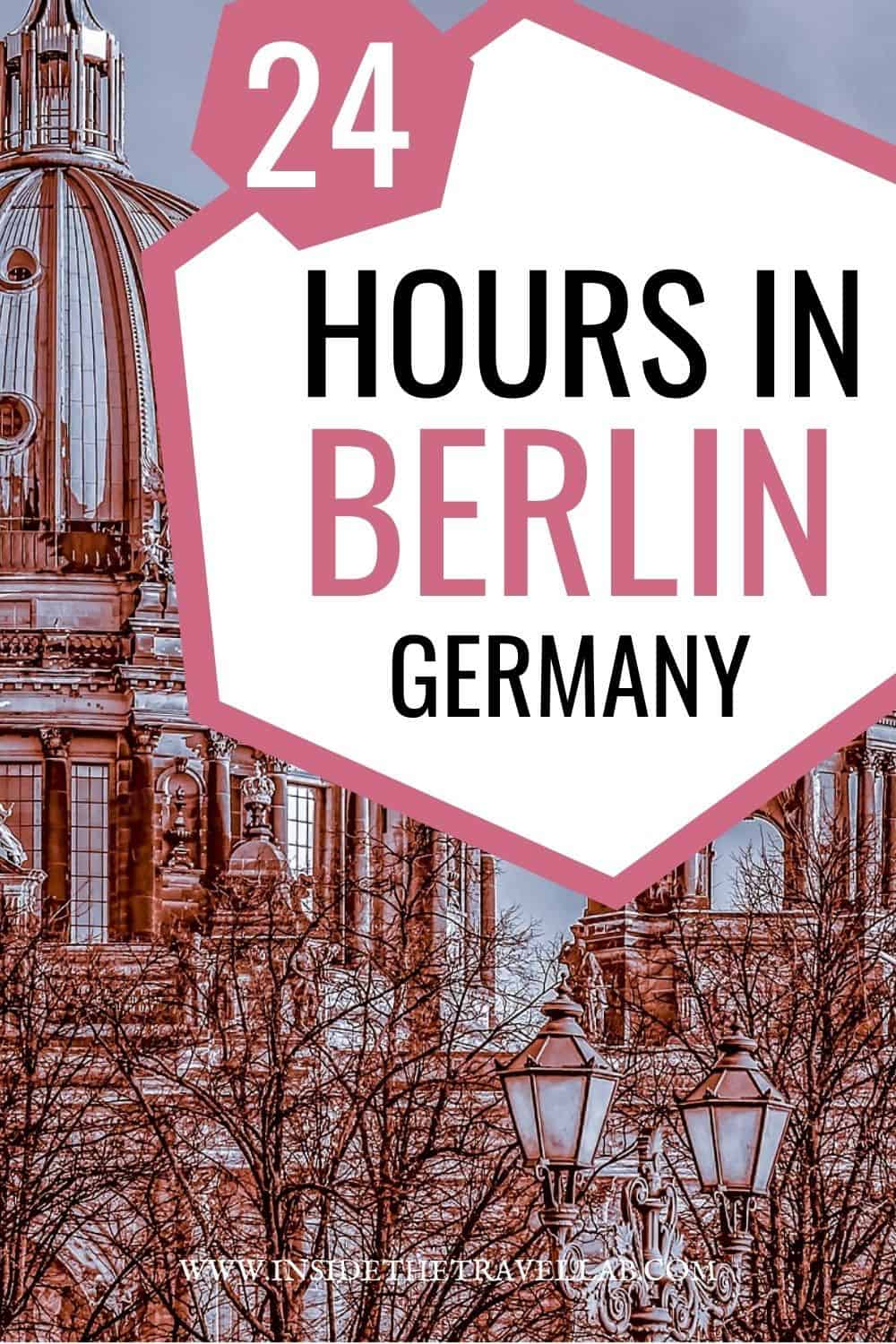
How to see Berlin in only one day
Can you see Berlin in one day?
Is it possible to see Berlin in one day? Well, for a complex city with a complex past, you can do a lot in 24 hours without feeling rushed. How? Through some strategic choices and inside tips.
I’ve visited Berlin many times and though I’d heartily recommend you give the city more time, here’s how to spend one day in Berlin.
If you book or buy through any of the links on this page, we may earn a small commission at no extra cost to you. Cheers for that!
Where to stay in Berlin?
With only 24 hours in Berlin, you’ll want to stay somewhere central and convenient. Here are three top choices of Berlin hotels:
- Hotel Amano – Four star luxury at three star prices
- Berlin Hilton – reliable and good location
- Hotel Adlon Kempinski: luxury overlooking the Brandenburg Gate
If you want to look further afield, then Berliners recommend the following as some of the best neighbourhoods to stay in Berlin:
- Mitte: This is the heart of Berlin and the perfect neighbourhood for first-time visitors. Mitte has a rich history and is home to several iconic tourist attractions, such as the Brandenburg Gate and Museum Island.
- Kreuzberg: This neighbourhood is known for its vibrant nightlife and multicultural atmosphere. It’s also home to some of the best street art in the city.
- Neukölln: Neukölln is an up-and-coming neighbourhood that’s popular among young creatives. It has a diverse food scene, with many international restaurants and trendy cafes.
- Prenzlauer Berg: This neighbourhood is popular among families and young professionals. It has a relaxed, bohemian vibe and is home to several parks and playgrounds.
Inside Tips to Save Time
- Focus on the sights and attractions that don’t involve a queue. Berlin’s history is written in her streets, from the holocaust memorials to the Imperial grandeur of the Brandenburg gate, the Soviet-style architecture and the creative hipster cafes. Many of Berlin’s key icons can be seen from afar.
- Choose tours wisely. Tours can cut down on time wasted as you try to navigate the metro system. But they remove your independence if you want to speed past something you’re not that interested in when you get there! Also, beware of tours that pick other visitors up from hotels. These can easily eat into your valuable time when you only have one day in Berlin.
Map for 24 Hours in Berlin
When is the best time to visit Berlin?
There’s never really a bad time to visit Berlin. However, the best time to visit Berlin depends on what you are interested in experiencing during your trip.
Here are some factors to consider when planning your visit:
- Weather: If you enjoy warm weather and outdoor activities, the best time to visit Berlin is during the summer months (June to August). The average temperature during this time is around 23°C/73°F, and there are many festivals and outdoor events taking place.
- Crowds: Berlin is a popular tourist destination, and the city can get quite crowded during peak season. If you prefer to avoid the crowds, consider visiting during the shoulder seasons (April to May or September to October).
- Events: Berlin is known for its cultural events and festivals, with something happening almost every month of the year. If you are interested in attending a specific event, be sure to check the calendar to see when it is taking place. In particular, look out for the sparkly Christmas market season in late November and December.
How to get around Berlin
Berlin is a big city, so abandon any ideas of walking around on cute cobblestone pathways all day. And driving, for that matter. It’s full of concrete towers and complex subterranean transport networks, as well as parks and public spaces.
However, the public transport network of underground (U-bahn) and overground (S-Bahm) trains cover the city comprehensively and even reach out to the airports. Taxis and Uber are easy to come by and the buses, while slower, offer a more picturesque way to get around the city (use Google Maps so you don’t get lost.)
Here’s an overview:
- Public transport: Berlin has an extensive public transportation system, including buses, trams, trains, and subways. You can purchase tickets at machines located in stations or through the BVG app.
- Bike rental: Berlin has a well-developed bike rental system, with many bike rental stations located throughout the city. It’s a great way to see the sights while getting some exercise.
- Walking tours: There are many walking tours available in Berlin that offer a unique perspective on the city’s history and culture. You can choose from a variety of themes, such as street art or WWII history. I’d recommend checking out Get Your Guide for this.
- Taxis or ride-sharing services: Taxis are readily available in Berlin, and ride-sharing services like Uber are also an option. Just keep in mind that taxis can be more expensive than other transportoptions.
Your Step by Step Berlin Itinerary
Morning: Around the Brandenburg Gate
The first section of this itinerary is all walkable and within the shadow of Berlin’s iconic Brandenburg gate. In fact, that’s where we’ll start.
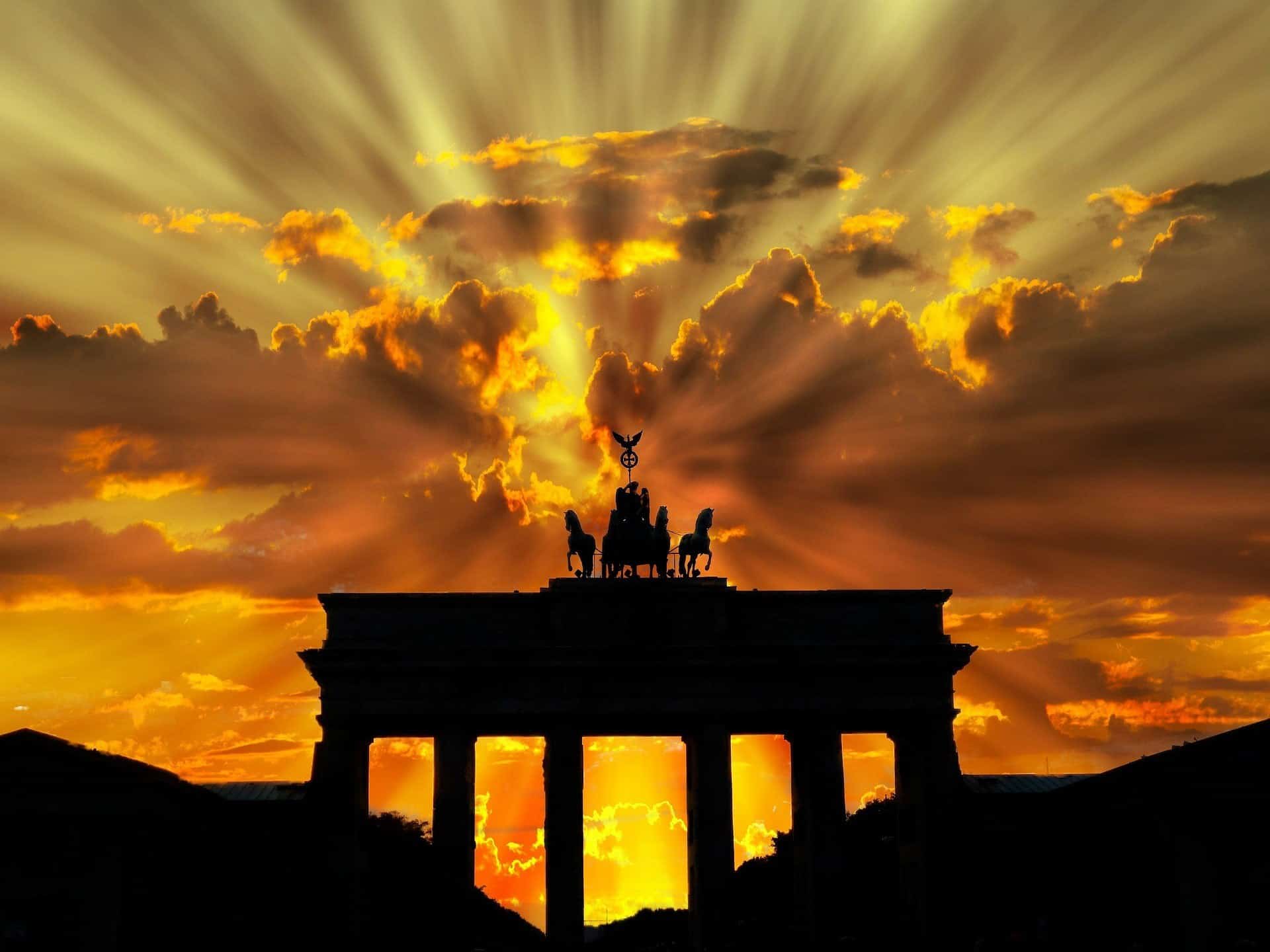
The Brandenburg Gate
Built for Prussian King Frederick William II to celebrate the temporarily successful crushing of the Batavian Revolution, the Brandenburg Gate has become the symbol for Berlin.
In its Imperial shadows, you’ll find tourist touts, street performers and young cool kids in search of a place to hang out.
Here, Reagan implored Gorbachev to tear down the wall and today you’ll find men in communist soldier costumes dancing Gangnam style…
Beautiful at dawn and captivating at night, the Brandenburg Gate is easy to find and a central starting point for your one day in Berlin itinerary.
- The Brandenburg Gate (Tor) sits at the junction of Unter den Linden and Ebertstraße, immediately left of Pariser Platz.
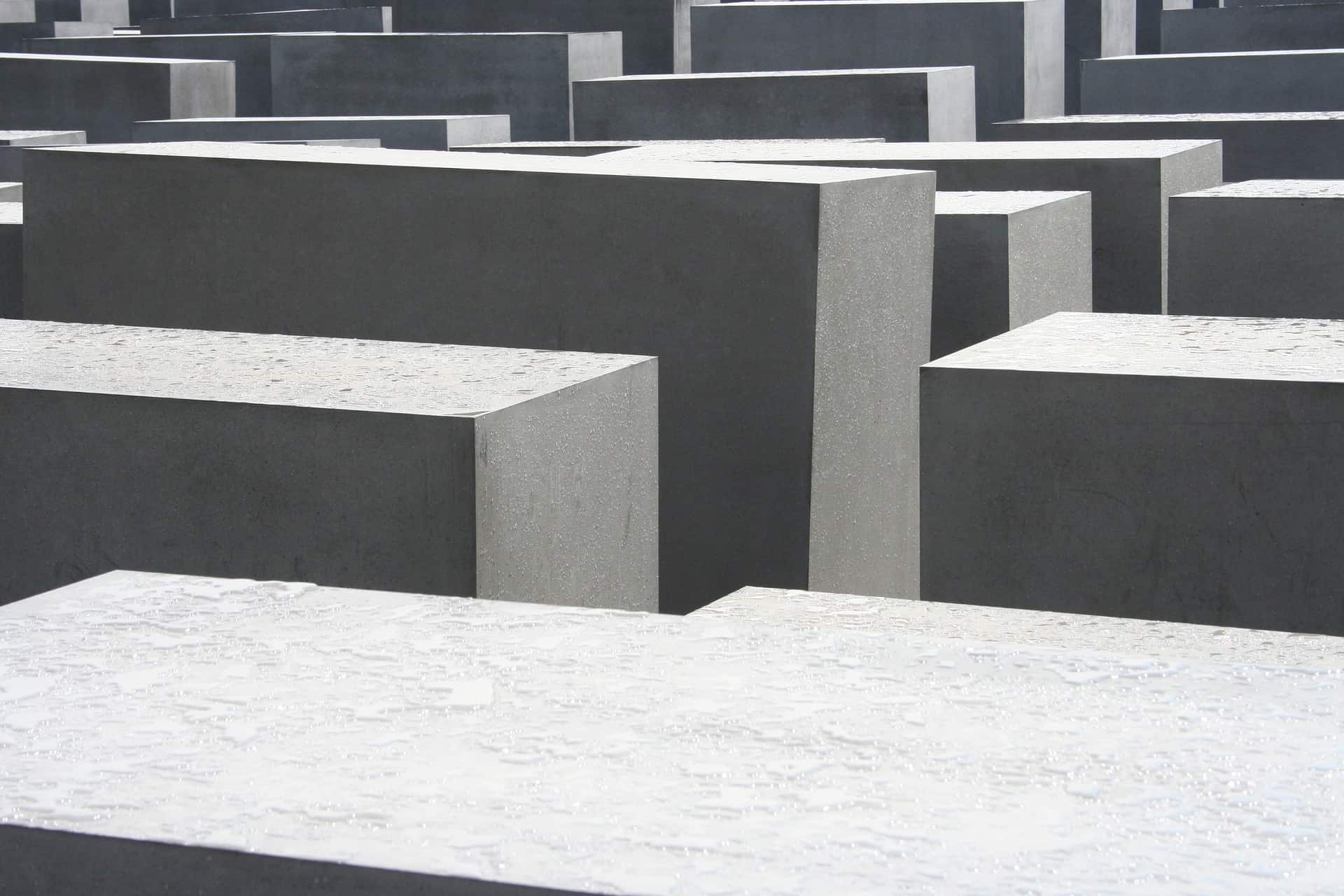
Memorial to the Murdered Jews of Europe
Walk one block south from the Brandenburg Gate to reach the Denkmal für die ermordeten Juden Europas or the Memorial to the Murdered Jews of Europe or Holocaust Memorial.
This arrangement of grey concrete slabs spread over an area of 19 000 square metres invites different personal interpretations. Designed by architect Peter Eisenman and engineer Buro Happold, the sense of order and disorder, loss and lack of escape feels overwhelming.
A subterranean Place of Information carries the names of more than 3 million Jewish people murdered by the Third Reich.
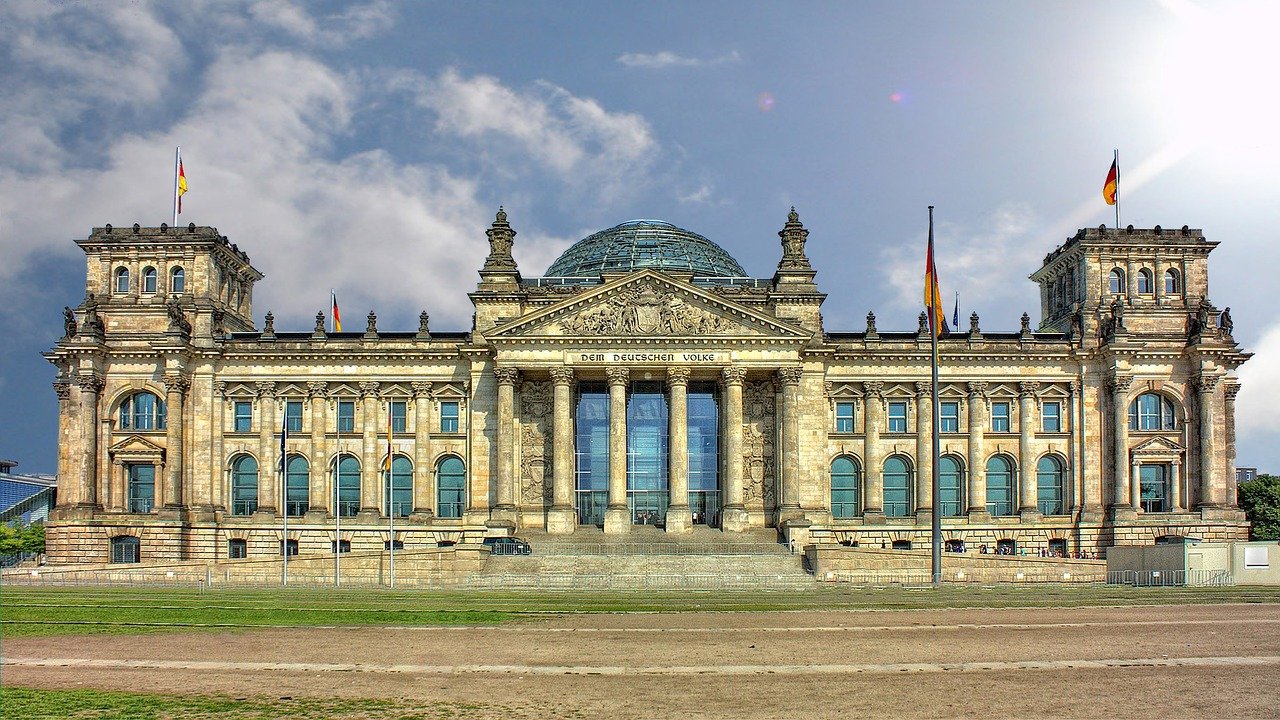
Quick Detour to the Reichstag Building
From the Brandenburg Gate, you can take a quick detour to see the Riechstag Parliament Building. A fire here played a key role in Hitler’s power grab and its restoration following “reunification” took on a symbolic role.
The glass dome is said to reflect the need for transparency and daylight in government as well as providing a great view of the city (and the real government’s debating chamber.)
Registration is required to visit and queues can be long so it’s probably best to see from afar if you only have one day in Berlin.
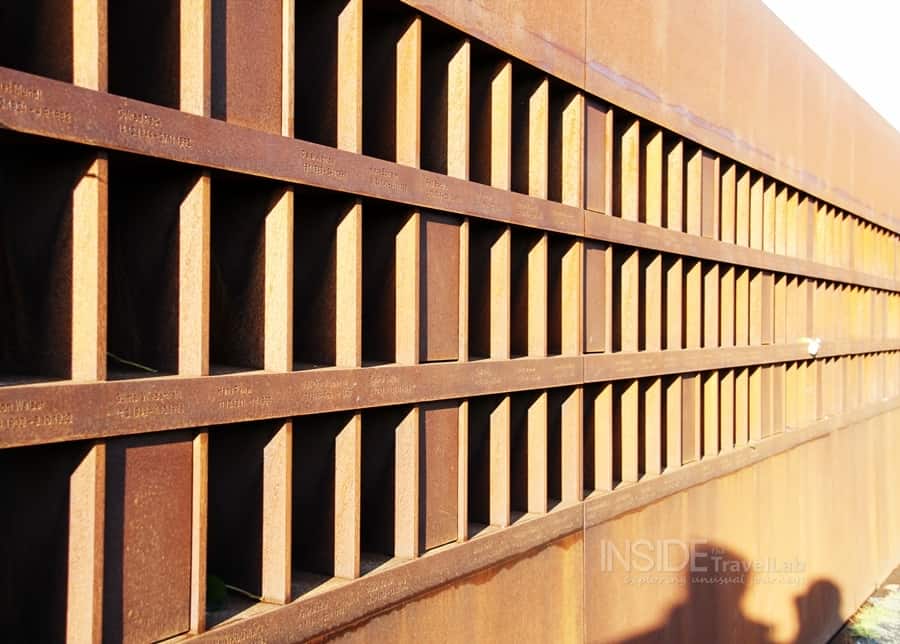
The Berlin Wall Memorial Museum
The Berlin wall wiggled and squiggled around the rather hastily drawn boundaries of the Allies at the end of World War Two. As such, there is no single Berlin Wall to visit. In some places, the wall still stands, in others you’ll find a memorial and elsewhere in the city you’ll find nothing at all.
A good place to get your bearings, therefore, is at the Berlin Wall Memorial Museum. This places the events of the situation into context and helps you to understand what you’ll find in Berlin. It extends along 1.4km and also includes the last piece of the wall with preserved ground behind it, giving more of an impression of how things were.
- The closest stop is the S-Bahn line 1 or 2 to Nordbahnhof
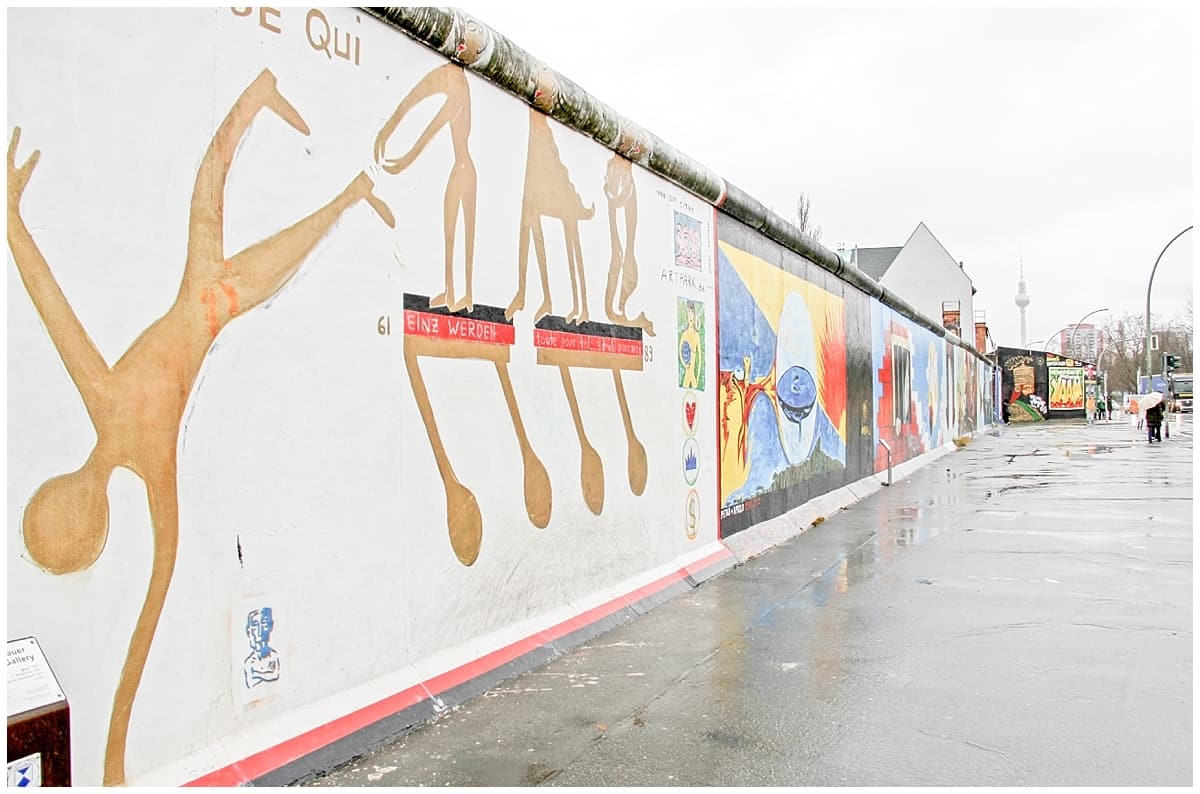
What about the East Side Gallery?
The more famous side of the Berlin Wall is the East Side Gallery, the largest open air gallery in the world.
However, if you only have one day in Berlin, I’d recommend skipping this and visiting the Berlin Wall Memorial Museum instead.
While the street art calling for freedom is moving in the East Side Gallery, you’ll learn more about the Cold War at the Memorial Museum. It’s also easier to get to, if you only have 24 hours in Berlin.
That said: take the U-bahn to U-Warschauer Straße in East Berlin if you really want to go.
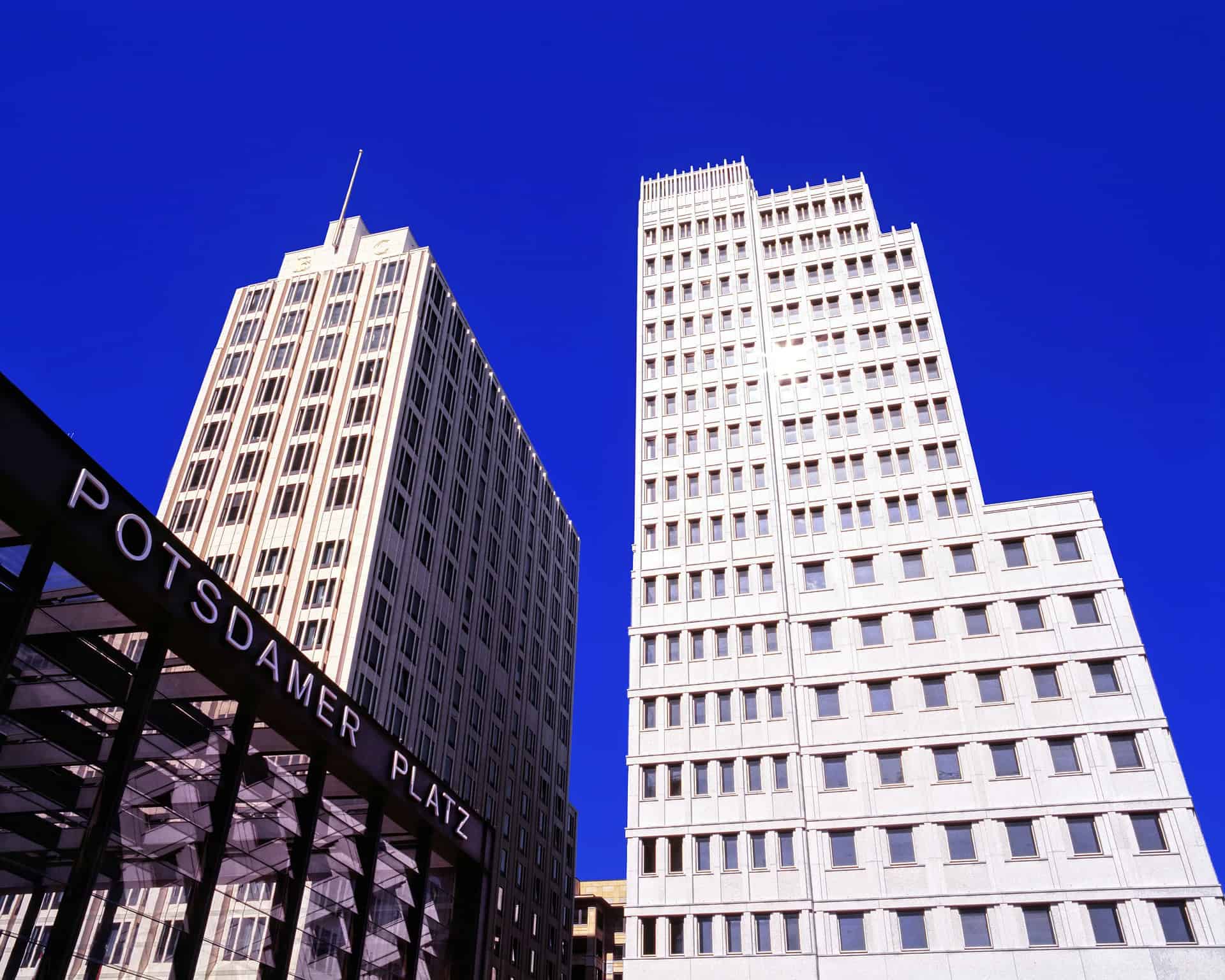
Afternoon: Around Potsdamer Platz
After lunch, head to the area around Potsdamer Platz for the next stage of your 24 hour Berlin itinerary.
The Topography of Terror
Housed in the former Gestapo HQ, the Topography of Terror examines the rise of the Nazi party and gives an insight into Berlin during World War Two.
It is, unsurprisingly, heavy going.
While the original torture chamber and office buildings were largely destroyed by Allied bombs, I definitely felt even more disturbed to know that I was standing on the ground where these atrocities took place.
The purpose-built design includes a spacious outside section and an intensive interior Documentation Centre. It’s one of the most frequently visited places in Berlin and will leave a shadow on your soul.
- Where to find it: Niederkirchnerstrasse (formerly Prinz-Albrecht-Strasse)
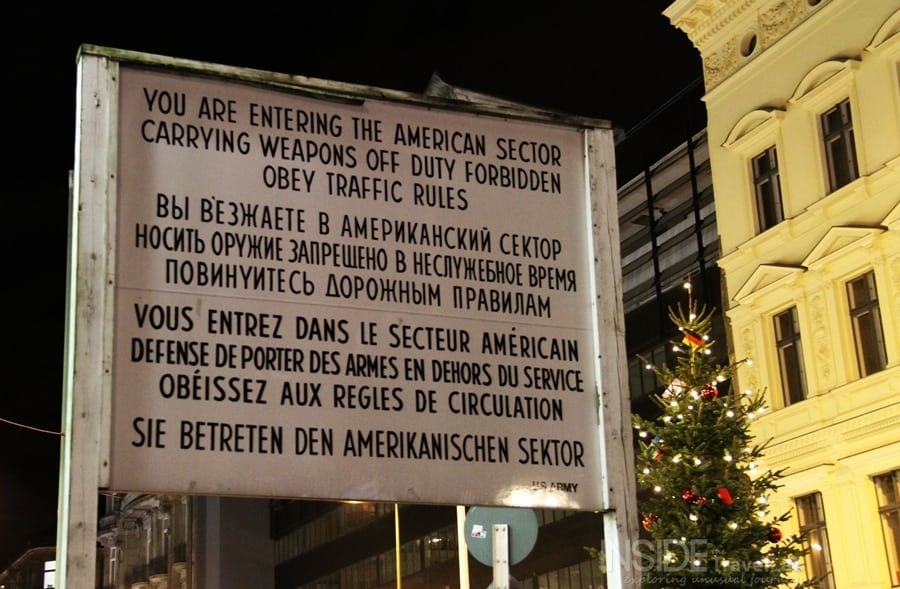
Checkpoint Charlie
Checkpoint Charlie was the nickname given to one of the most popular crossing points between East and West Berlin during the Cold War.
Although famous, it’s a little kitsch and touristy now. If you only have one day in Berlin, it’s worth passing by but to explore the Berlin Wall further, it’s best to leave yourself with more time at the Berlin Wall Memorial Museum.
- Closest UBahn is Kochstraße
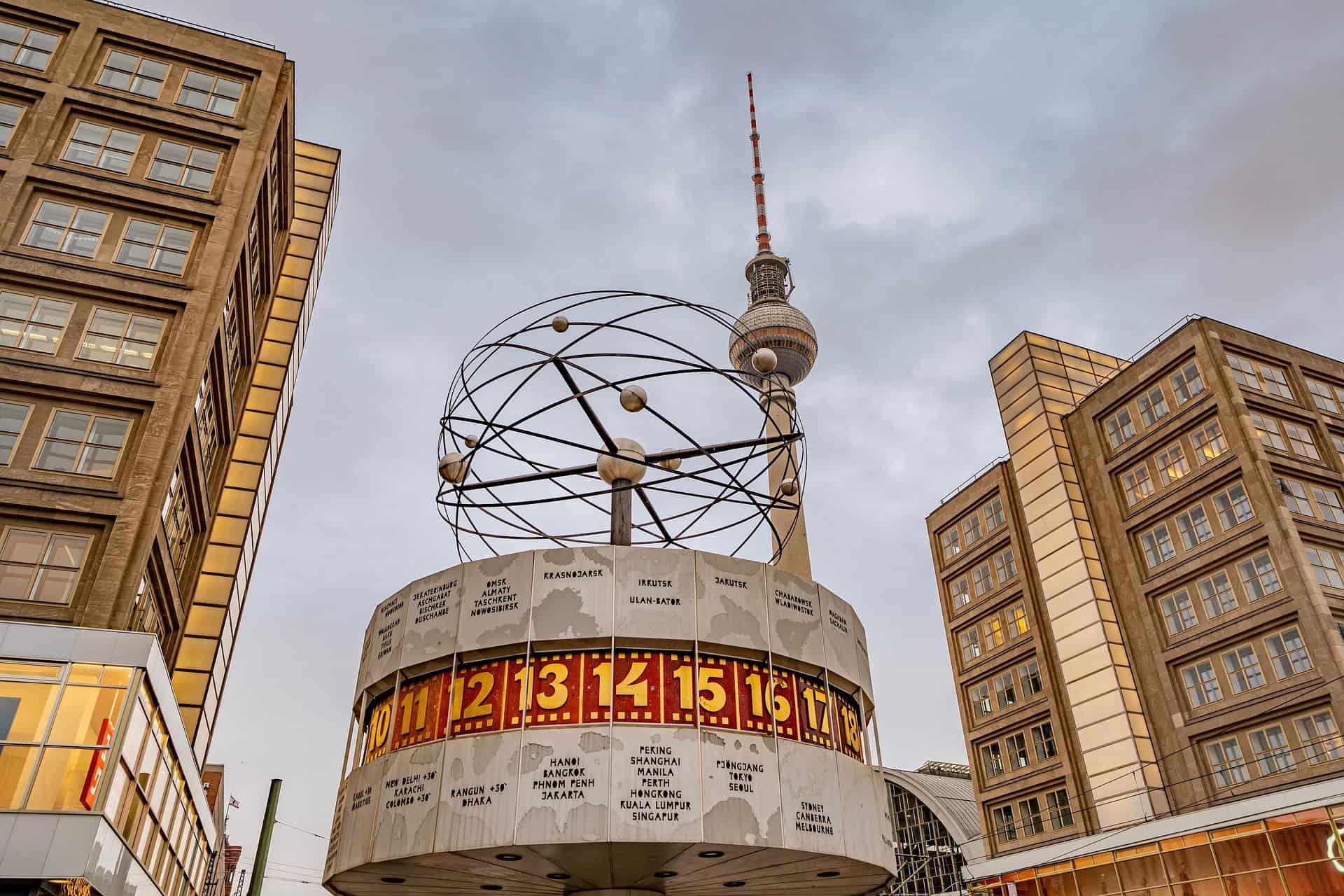
Late Afternoon and Twilight: Around AlexanderPlatz
For the next section of your 24 hours in Berlin, we’ll move beyond the conflicts of the 20th century and travel back to the time of Prussian Kings…and then forward to Berlin today.
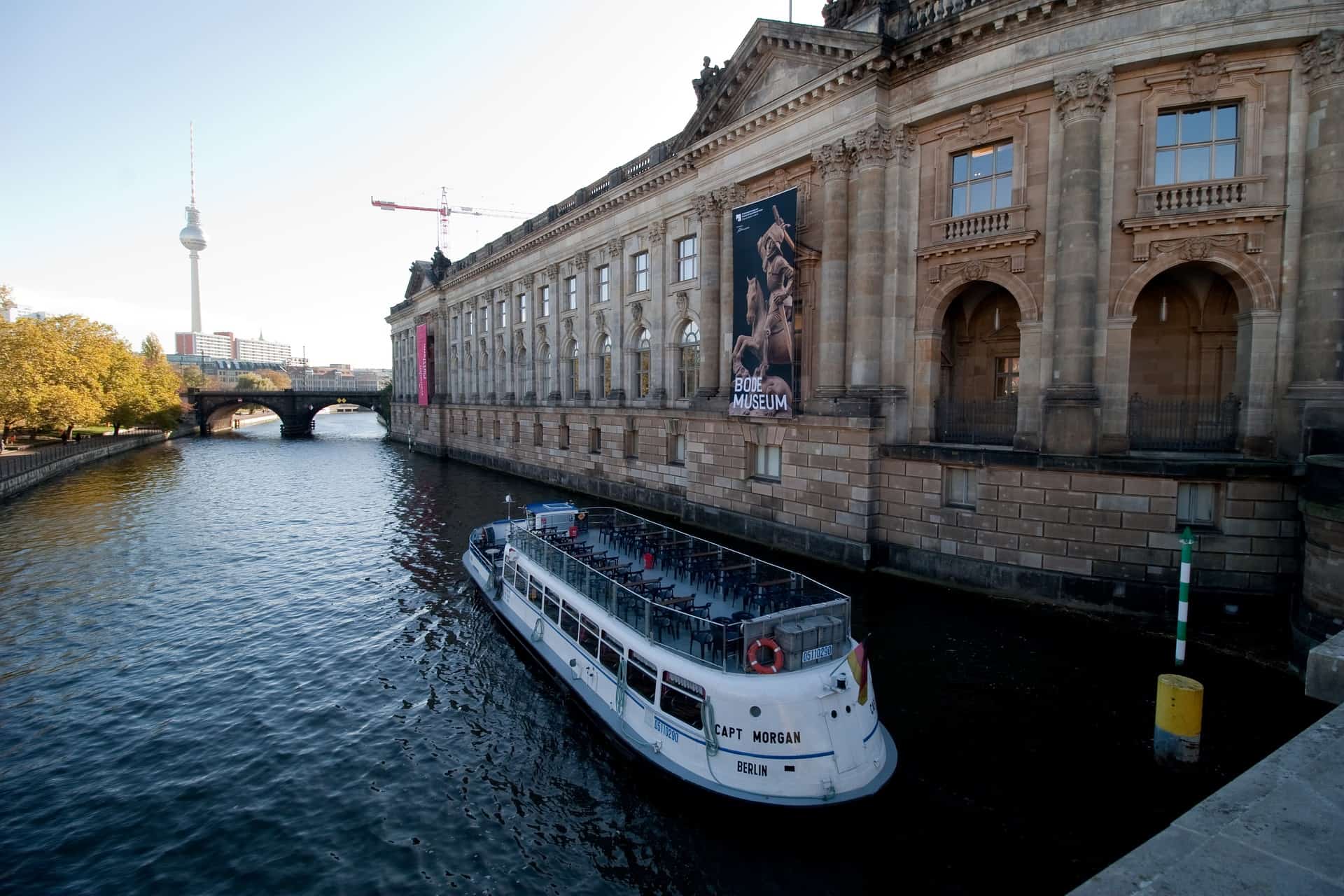
Museum Island
Museum Island or Museuminsel is exactly what it sounds like: an island brimming with museums. Originally built between 1830 and 1930 on the order of Prussian Kings, it received UNESCO World Heritage Site Status in 1999.
You could spend several days between each of the five museums, so if you only have one day in Berlin, you may just need to choose one and swap out one of the earlier recommendations.
Each museum carries an admission cost and although you can buy a Museum Island Pass, it doesn’t make much sense as part of a 24 hours in Berlin itinerary.
If it helps to narrow it down, the Pergamon is the most visited museum, for its reconstructed architecture. Along with the Pergamon Altar and the Market Gate of Miletus, you can gaze up at the Processional Way from Babylon.
- To get there, take the U6 or S-Bahn lines S1, S2, S25, S5, S7 or S75 to Hackescher Markt. It’s a 15 minute walk from there.
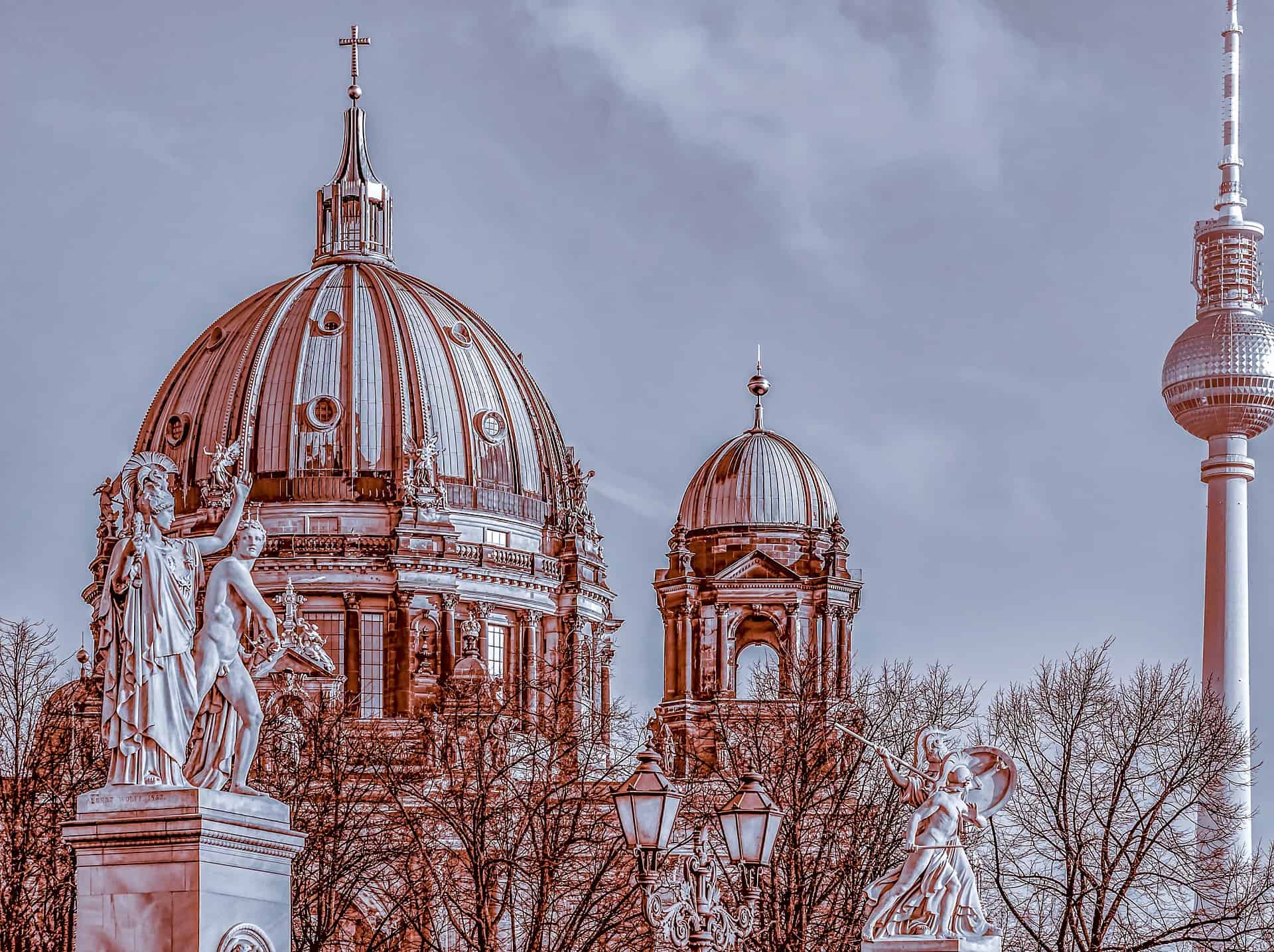
The Berliner Dom
Also on Spree Island is the Berliner Dom or Berlin Cathedral. Built between 1894 to 1905 in Renaissance and Baroque Revival style, this Protestant church looks much older and established than it is.
With only 24 hours in Berlin, I’d suggest strolling around the outside and then moving on.
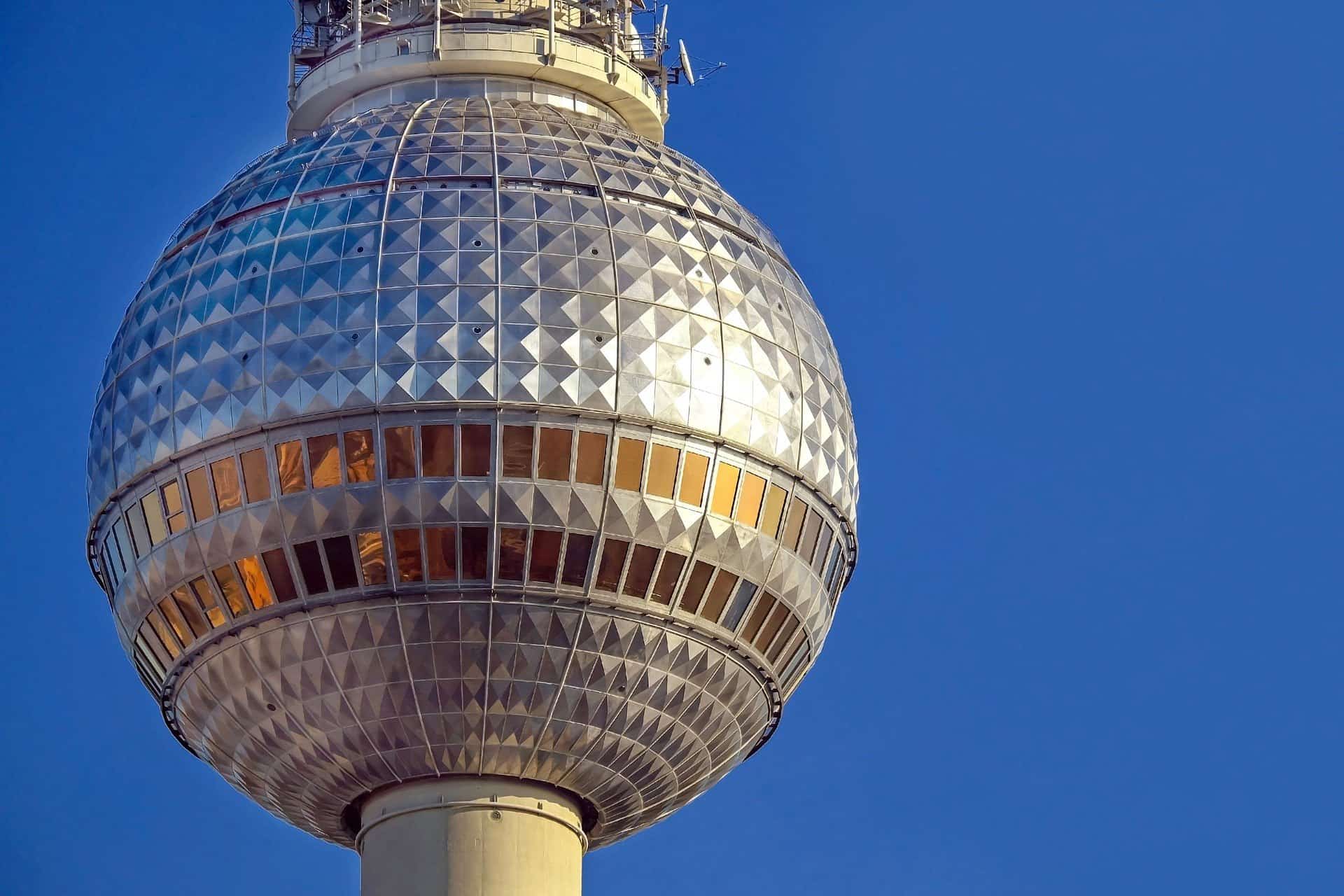
Fernsehturm Viewpoint – The TV Tower
Ach. Most Berlin itineraries mention this as a highlight and I kinda see why. It’s part of the iconic skyline. It’s high.
But if you really only have one day in Berlin, I’d suggest you give this a miss.
Yes, it gives a great view of the skyline of Berlin. But a bit like climbing the Eiffel Tower, you’re missing the main event. The main part of the skyline of Berlin IS the Fernsehturm Tower.
You need to queue to go up, even thought you can buy tickets in advance, and, at the risk of sounding obnoxious… Cities from a great height all start to look like one another.
No city on earth has the Berlin Wall. If pressed for time, stay at ground level and see that.
- How to get there. The Fernsehturm Tower is about 2 minutes walk from Alexanderplatz.
Nightlife in Berlin
Berlin is famous for its nightlife as much as its history. But, in the interests of complete and total honesty, clubbing until dawn lives in the dim and distant past for me. For that, dear reader, I refer you to Time Out Berlin. I’m off to bed!
More than one day in Berlin?
With more than one day in Berlin, you can ease your pace and move beyond history into her cool and cutting edge scene.
You could easily spend at least three days in Berlin without a hint of boredom but to escape the city, it’s worth considering some day trips from Berlin as well.
Explore More of Berlin
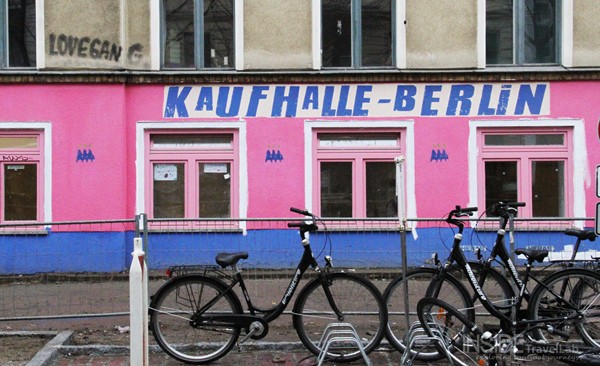
Cafe Cool in Kastanienallee
Browse for vintage clothes and records, stop for tea or indulge in a full lunch in this quirky part of town. Once considered cool and off limits, today I read that it’s seen as a tourist haunt. Hey ho. So the record turns and turns.
It’s still a good place to visit to see the other side of Berlin, away from the iconic sights and inventory of 20th century misery.
Even More Museums
Berlin is the only European city to have more museums than rainy days, say locals, and I’d agree it’s more or less true.
With more than one day in Berlin, take your time on Museum Island and leave at least a day for that. Then explore some of these less well known Berlin museums.
The Reichstag
With more than 24 hours in Berlin, you can make the time for a walking tour of the Reichstag and step inside that symbol of transparent government.
Take a self guided photo tour
Follow the tips on this article to find the best alternative instagrammable spots in Berlin.
The Top Day Trips from Berlin
Again, you’ll find so many places to choose from but here are the top three:
- Dresden – just two hours by train from Berlin is the pretty riverside city of Dresden.
- Potsdam – often dubbed the “Versailles” of Berlin, Potsdam is an escape from the city.
- Sachsenhausen Concentration Camp is the closest of its kind to the capital and provides a place for sober reflection and education. Looking for more
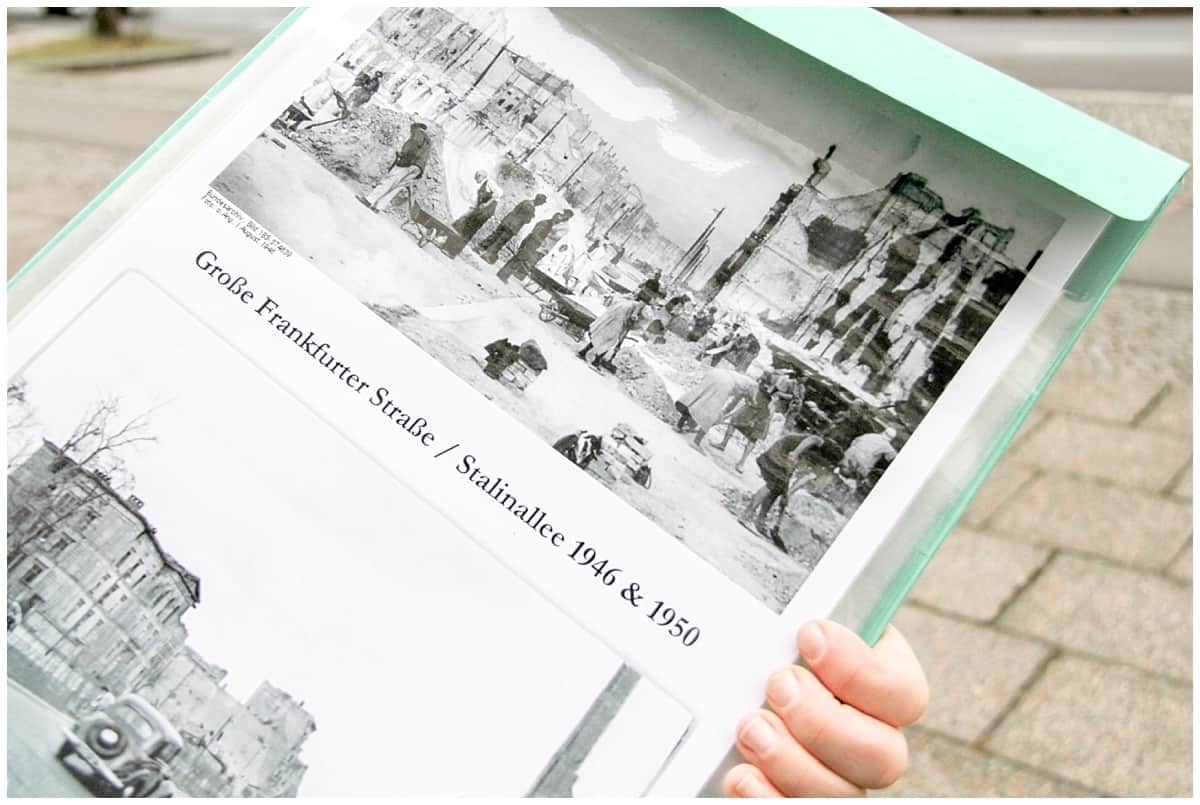
Recommended Tours for Berlin in One Day
Context Travel
I love, love, LOVE context tours. Run by academics, these small group walking tours take an in-depth, unusual look at a city’s landscape and history. Learn about the secret underground passageways of the Cold War and the Architectural Cold War through their astonishingly well-researched tours.
Get Your Guide
Another good place to find walking tours of Berlin is through the company Get Your Guide.
They make booking (and cancellation) a breeze on your phone or desktop and connect you with vetted tour companies. Here are some examples:
Travel Tips for Berlin
Here are some travel tips to help you make the most of your 24 hours in Berlin.
What to Pack for Berlin
If you’re planning a trip to Berlin, you’ll want to make sure you pack appropriately for the city’s weather and culture. It’s a big city with big seasons.
Here’s what I’d recommend.
- Comfortable walking shoes, as Berlin is a city best explored on foot.
- Light layers, as the weather can be unpredictable and change quickly.
- A rain jacket or umbrella, as rain is common year-round.
- A travel adapter, as the electrical outlets in Germany are different than in other countries.
- A guidebook or map to help navigate the city and learn about its rich history and culture.
- Cash, as some smaller shops and restaurants may not accept cards
- A reusable water bottle, as tap water is safe to drink and helps reduce plastic waste.
- Your passport or ID, as you’ll need it for travel and check-in at your accommodation.
Don’t forget to also research any specific events or activities you plan to attend in Berlin, as they may require additional items such as dressy attire or equipment for outdoor adventures.
Download your free packing checklist here. Happy travels!
What to eat in Berlin
Berlin is a city with a rich culinary scene that offers a variety of dishes from traditional German cuisine to international flavors.
Here are some must-try foods when visiting Berlin:
- Currywurst: This is a popular street food in Berlin and consists of a sliced sausage topped with a curry ketchup sauce. You can find it in many food stands throughout the city. There was even a currywurst museum when I visited.
- Schnitzel: Although more famous in Vienna, schnitzel is a classic dish found in berlin as well, made from flattened then breaded and fried meat, usually pork or veal. It is often served with potatoes and a side salad as part of a hearty meal.
- Döner kebab: This is a Turkish dish that has become very popular in Berlin. It consists of shaved meat, usually chicken or lamb, served in a pita bread with vegetables and sauces.
- Berliner Pfannkuchen: A traditional Berliner doughnut filled with jam or jelly and dusted with powdered sugar.
- Buletten: Also known as Frikadellen, these are German hamburgers made with ground beef or pork and served with a variety of sides.
Not into sausages? Not to worry, Berlin has great vegan restaurants as well.
How to get to Berlin
Obviously, this depends on where you’re starting from. Here are some possible ways to reach Berlin:
- By plane: Berlin has two major airports, Tegel and Schönefeld, which are serviced by a range of airlines from across the world. I always use Skyscanner to find the best deals.
- By train: Berlin is connected to many major European cities by rail, with several daily trains running to and from places like Paris, Amsterdam, and Prague.
- By car: If you’re driving, Berlin is connected to a network of highways that make it easy to reach from within Germany and neighboring countries. That said, it’s not a great idea to have a car in the city centre because of parking costs and traffic.
- By bus: Many bus companies operate routes to Berlin from various locations across Europe, with affordable prices and frequent departures.
Some helpful German phrases for your 24 hour trip
Truthfully, you’ll probably be able to get by in English in Berlin. However, it’s always good to have some basic German phrases under your belt.
Here are some basic phrases to get started with:
- Guten Morgen: Good morning
- Wie geht es dir?: How are you?
- Mir geht es gut: I’m doing well
- Entschuldigung: Excuse me
- Danke schön: Thank you very much
- Bitte: Please
- Auf Wiedersehen: Goodbye
- Ich verstehe nicht: I don’t understand
- Wie spät ist es?: What time is it?
And then if that is going well, here are some handy sayings:
- Entschuldigung, wo ist die Toilette? (Excuse me, where is the restroom or toilet?)
- Wie viel kostet das? (How much does that cost?)
- Ich hätte gerne… (I would like…)
- Können Sie mir bitte helfen? (Can you please help me?)
- Guten Appetit! (Enjoy your meal!)
- Wo kann ich einen Stadtplan bekommen? (Where can I get a city map?)
- Wie spät ist es? (What time is it?)
- Ich verstehe nicht. (I don’t understand.)
- Wo ist der Bahnhof? (Where is the train station?)
- Danke für Ihre Hilfe. (Thank you for your help.)
Remember to practice these phrases before your trip, and don’t be afraid to use them while you’re in Germany. Everyone appreciates it when visitors make an effort to speak the local language.
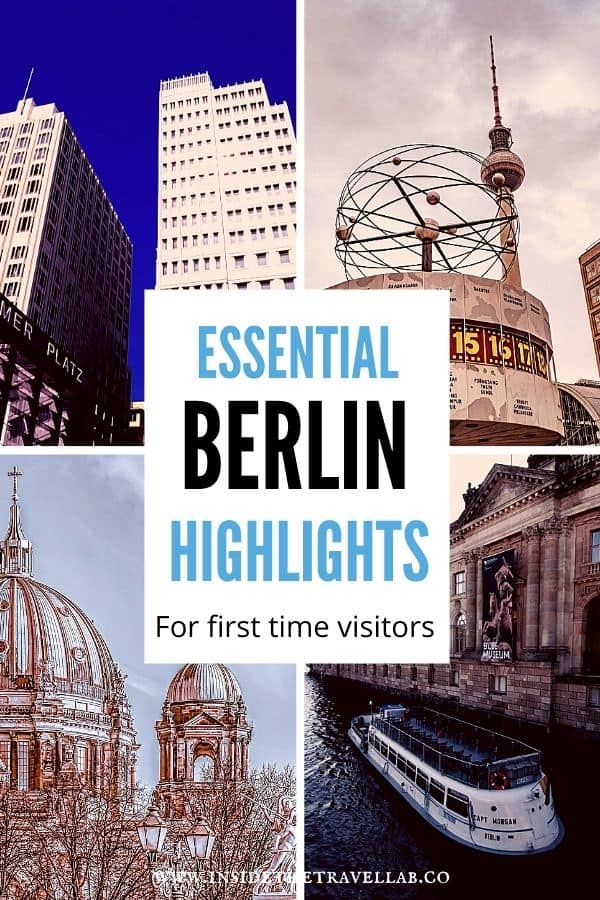
More on Travel in Germany
- How to spend two days in Cologne
- 21 Surprising and Unusual Things to do in Germany
- The Nuremberg sausage and an unusual story of love
- What was it like to grow up in East Germany?
- What’s so special about Berlin?


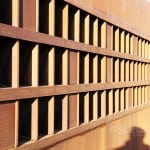
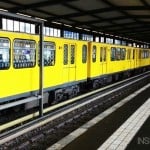

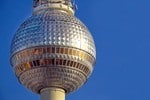
Helloooo there,
these are the things that I like to do in Berlin. I hope you like it and find it useful for your trips!
http://theviennesegirl.com/the-viennese-girl-goes-to-berlin/
Thank you
Silia
Very useful – thank you. I love the chocolate suggestion. Plus there are a couple I don’t know yet – something for next time!